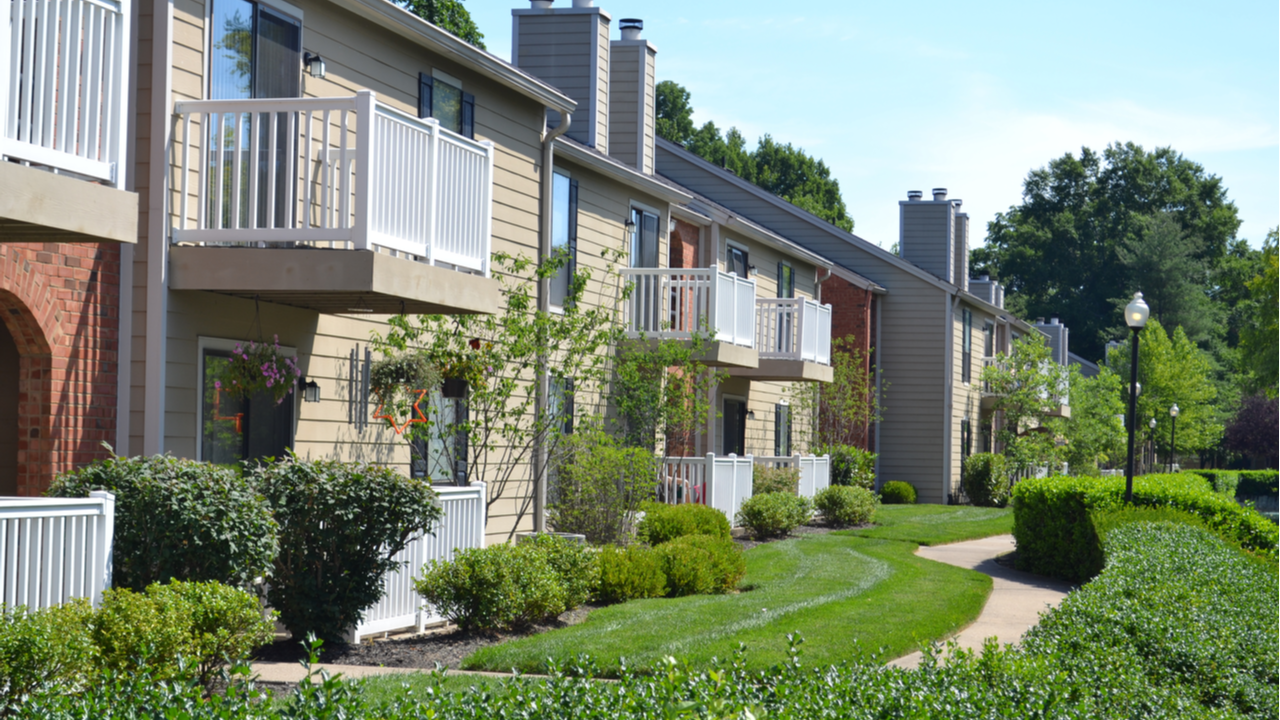Blanket mortgage: How it works and who should use it




Key takeaways
- A blanket mortgage helps streamline the process of buying multiple properties at once.
- Experienced real estate investors or developers often use blanket mortgages in the commercial and residential real estate arenas.
- A blanket mortgage can require a high down payment, more closing costs and a balloon payment.
If you are looking to finance more than one property at a time, a blanket mortgage could be a great way to reduce costs and cut down on paperwork. This type of loan isn’t a fit for ordinary homeowners or first-time real estate investors, but it can be a useful tool for sophisticated investors and developers of residential and commercial real estate. So, what is a blanket loan, exactly? Let’s walk through it.
What is a blanket mortgage?
A blanket mortgage, also referred to as a blanket loan, is a mortgage that covers multiple properties, with the group of assets collectively serving as collateral. Real estate developers and investors often purchase more than one property at a time, so a blanket mortgage simplifies the process by grouping those purchases under a single loan.
A blanket mortgage can be refinanced just like any other mortgage. It will generally include a release clause, which allows the borrower to sell one property from the group but retain the loan for the others. Normally, a mortgage must be repaid in full when the collateralized property is sold.
Blanket mortgages have applications in both commercial and residential transactions, including those involving the development and management of multifamily housing or apartment buildings. People who buy and flip homes also use these loans.
“While they are usually used in a commercial context, there are residential landlords that utilize a blanket mortgage to finance a portfolio of rental properties,” says Greg McBride, CFA, chief financial analyst for Bankrate.
Pros and cons of a blanket mortgage
Like other types of mortgages, blanket loans have their pros and cons. Here are the main ones.
Pros
- Lower closing costs: You might see some savings with a blanket mortgage because you won’t have to pay separate closing costs and fees for each loan.
- Greater cash flow: You could reinvest the money you save on closing costs back into your portfolio to acquire more properties or launch additional projects.
- Easier administration: One loan means one interest rate, one monthly payment and one escrow account, cutting down on paperwork.
- Continuity: With a blanket mortgage, you don’t have to pay off the entire loan if you sell off just one property. (You do, however, have to pay back the portion of the loan that was securing that property — you can’t just pocket the proceeds from the sale.)
Cons
- More expensive closing costs: While you only have to pay closing costs once, a blanket mortgage’s closing costs are often higher than a single mortgage’s closing costs.
- Higher down payment: Blanket mortgages can require a down payment as high as 50 percent of the combined purchase price of the properties.
- Balloon payments: Blanket mortgages are often structured so the borrower makes lower payments (sometimes interest-only payments) for a set time, followed by a larger lump-sum payoff. This large payment could be difficult if you don’t plan ahead for it.
- Foreclosure risk: With multiple properties used as collateral, you risk losing them all if you default on the loan.
How to get a blanket mortgage
If you’ve decided that a blanket mortgage might be a good fit for your portfolio, you’ll need to apply. But be aware that the process differs from the one to apply for an ordinary mortgage. Here’s an overview of the steps:
- Find a suitable lender. Most Main Street banks and credit unions don’t offer blanket mortgages. You likely will have to seek out a commercial lender — one that deals in financing for businesses or investments. Certain mortgage brokers specialize in this type of lending as well.
- Check rates and terms. Since blanket loans can come with higher origination fees, the down payment and costs are usually higher than those for ordinary home loans. Comparison-shopping is crucial to get a sense of what’s standard and what may be out of line.
- Verify each lender’s borrower requirements. As with any loan, you need to meet the minimum credit score and maximum debt-to-income (DTI) ratio threshold to qualify for a blanket mortgage — but the bar might be even higher. If applicable, the lender will review your company’s credit rating and debt-service coverage ratio (DSCR), as well.
- Fill out your application. Gather all of your business documentation (credit reports, tax returns, financial statements) ahead of time. The lender will also want to see details on all the properties you want to finance. That includes their fair market value, any renovation plans and the figures on the rental or lease income they’ll generate.
FAQ about blanket mortgages
You may also like

What is hedging and how does it work?

Best HELOC Rates In October 2024

